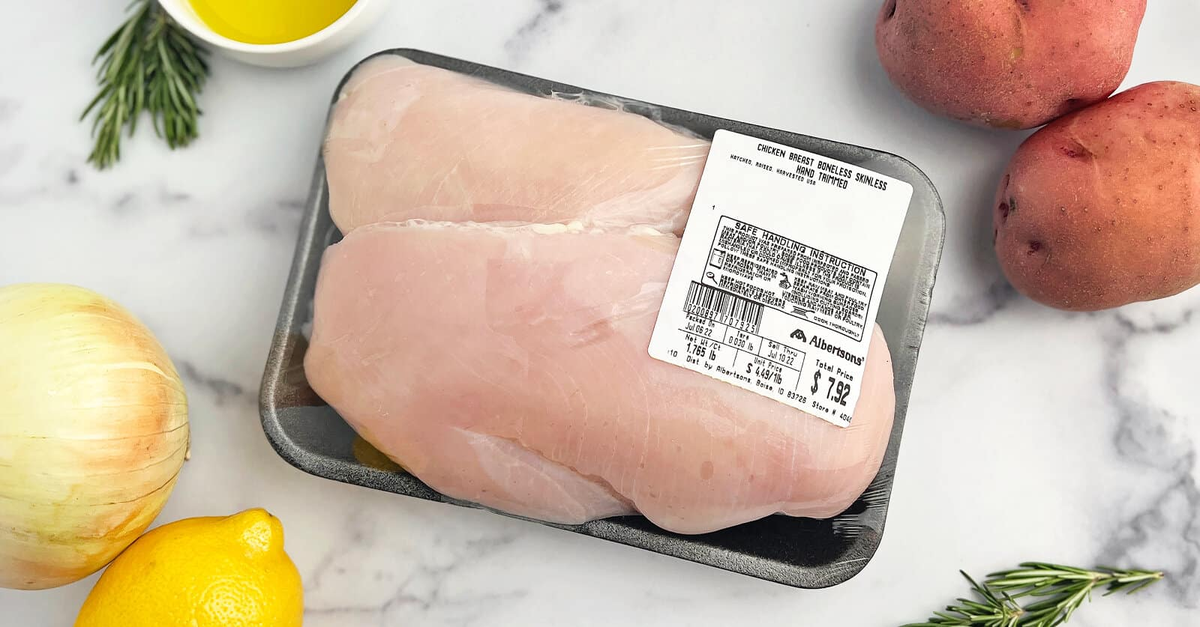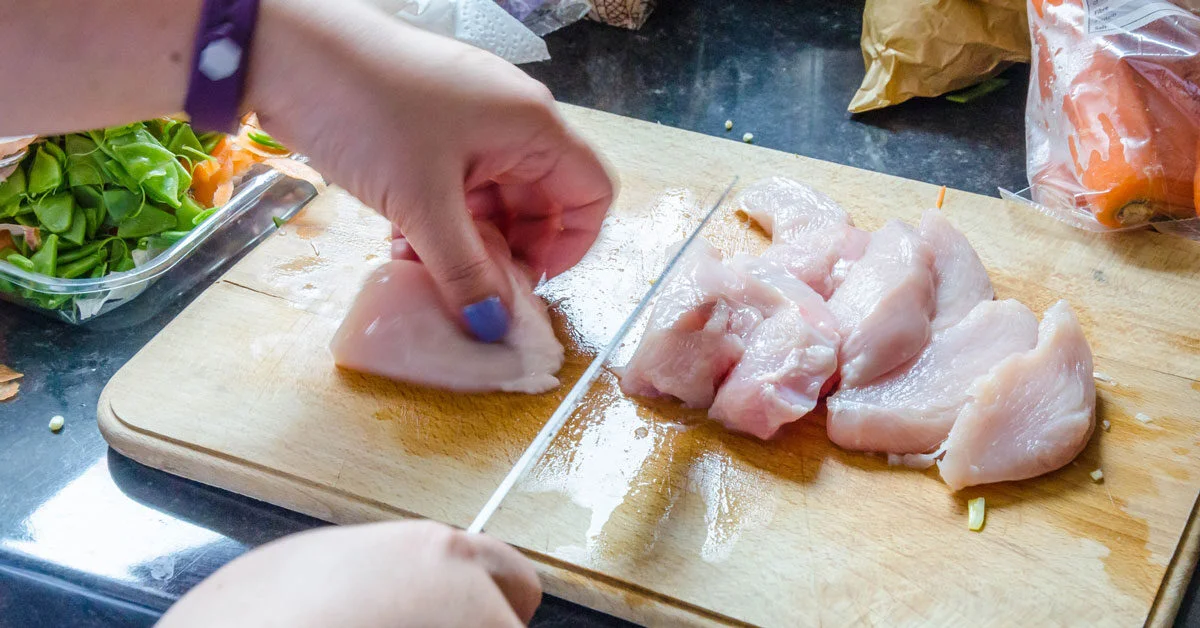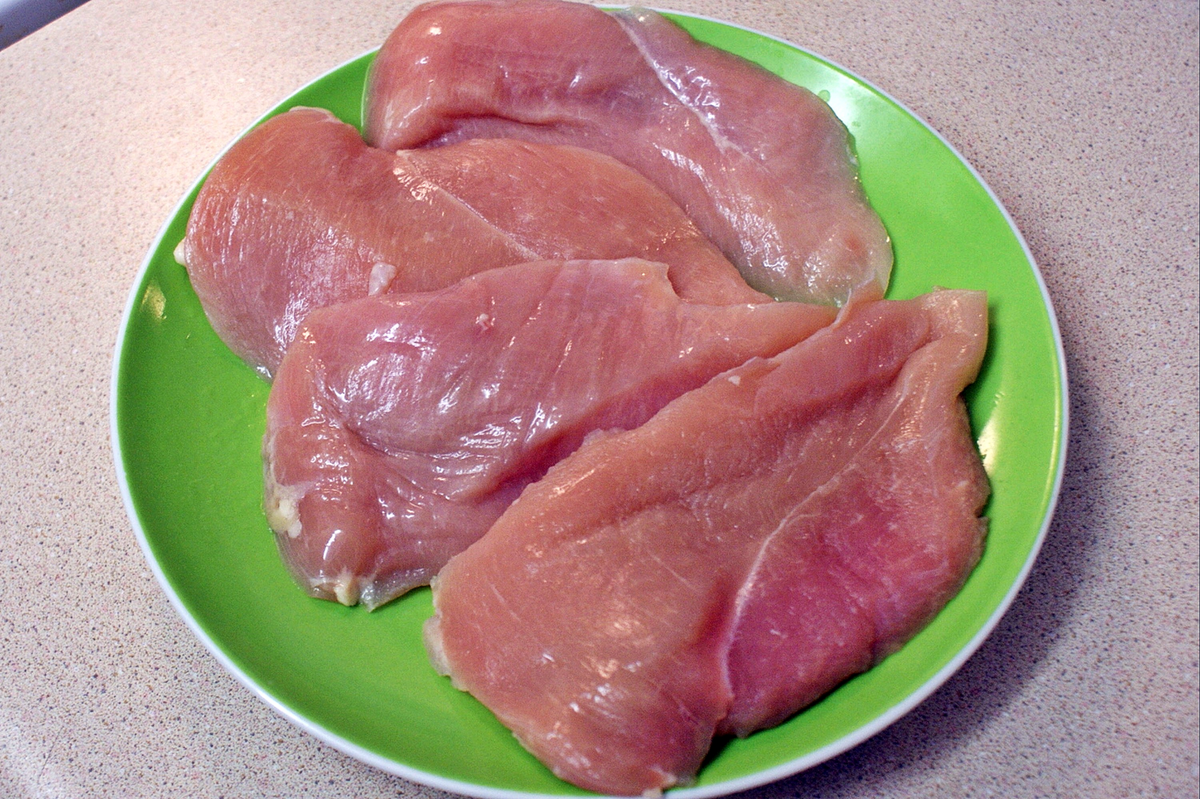Can you eat cooked chicken past the use by date?
When it comes to the food we eat, it is always important to consider its safety. One way of ensuring food safety is by checking the use-by date. Use-by dates help consumers determine the time frame in which a particular food item can be consumed while ensuring optimal safety and quality. In this article, we will take a deeper look at what use-by dates are, and how they relate to cooked chicken.
Can Cooked Chicken be Eaten After the Use-By Date?
Consuming cooked chicken past its use-by date is a common concern among many households. As a content writer, it’s important to understand if it’s safe to eat cooked chicken after its use-by date.

According to food safety guidelines, cooked chicken can be eaten past its use-by date if it has been stored properly and cooked to an internal temperature of 165 degrees Fahrenheit. This temperature kills all harmful bacteria, making the use-by date irrelevant.
However, even if the chicken has been cooked to the correct temperature, it’s still best to consume it within a limited time frame. Cooked chicken can last up to 3-5 days when stored properly in the fridge. It’s essential to check for signs of spoilage, such as an unpleasant smell or odor before consuming it or cooking it beyond its use-by date.
The shelf-life of cooked chicken can be impacted by several factors, including storage. It’s recommended to store cooked chicken in an airtight container and place it in the fridge at 40 degrees Fahrenheit or below for optimal safety. This ensures that the chicken remains fresh and reduces the risk of bacterial growth.
It’s also worth noting that the quality and flavor of the cooked chicken may not be as desirable as it would be when fresh. Therefore, it’s important to focus on quality retention as well as safety.
In summary, cooked chicken can be safely consumed past its use-by date if cooked to an internal temperature of 165 degrees Fahrenheit and stored correctly in the fridge. Remember to check for spoilage before consuming it and prioritize quality retention for the most enjoyable meal.
Raw Chicken Safety
Raw chicken is a staple in many households worldwide, but it can also pose significant health risks if not handled and cooked properly. In this article, we’ll cover everything you need to know about raw chicken safety, including sell-by dates, proper storage, cooking temperatures, and signs of spoilage. Following these guidelines will help you reduce the risk of food poisoning and enjoy delicious, safe chicken dishes at home.
Harmful Bacteria in Raw Poultry
When it comes to handling raw poultry such as chicken, one of the most important things to be aware of is the risk of harmful bacteria. Raw chicken has the potential to harbor several types of bacteria that can cause serious illness if ingested. Two of the most common bacteria found in raw poultry are Salmonella and Campylobacter.
Salmonella is a type of bacteria that is commonly found in raw chicken and other types of poultry. It can cause a range of symptoms, including diarrhea, fever, and abdominal cramps. In some cases, it can even lead to hospitalization. Salmonella is especially dangerous for young children, elderly people, and those with weakened immune systems.
Campylobacter is another type of bacteria that is often found in raw chicken. It can cause symptoms similar to Salmonella, including diarrhea, fever, and abdominal pain. In some cases, it can also lead to more serious complications such as Guillain-Barre syndrome, which can cause paralysis.

To reduce the risk of harmful bacteria in raw poultry, it is important to handle it carefully. This means washing your hands thoroughly before and after handling raw chicken, as well as keeping it separate from other types of food to prevent cross-contamination. It is also crucial to make sure that raw chicken is cooked thoroughly to an internal temperature of 165°F to kill any bacteria that might be present.
In conclusion, while raw poultry such as chicken can be a delicious meal, it is important to be aware of the potential risk of harmful bacteria. By taking proper precautions and making sure that chicken is cooked to the correct temperature, you can reduce the risk of food poisoning and enjoy your chicken safely.
Internal Temperature to Kill Bacterial Growth
When it comes to cooking raw poultry, one of the most important factors to consider is internal temperature. Bacteria such as Salmonella and Campylobacter can be present in raw chicken, and they can cause a range of illnesses and even hospitalization in some cases. Therefore, it is crucial to ensure that the chicken is cooked thoroughly to kill any harmful bacteria that might be present.
Internal temperature plays a crucial role in eliminating bacterial growth in raw poultry. When chicken is cooked to an internal temperature of 165°F (74°C), it effectively kills off any pathogens that might be present. This is because at this temperature, the proteins in the chicken denature, causing the bacteria to break down and become inactive.
To accurately measure the internal temperature of the chicken, it is important to use a food thermometer. These thermometers can give you an accurate reading of the temperature, allowing you to know when your chicken is fully cooked. Remember to insert the thermometer into the thickest part of the chicken, avoiding touching the bone, as it can give a false reading of temperature.
After checking the internal temperature, it is important to allow the chicken to rest for a couple of minutes before cutting into it. This is so that the juices inside can redistribute, preventing too much fluid from leaking out when cutting. This also improves the overall texture and moistness of the meat.
In summary, when it comes to cooking raw poultry, internal temperature is a critical factor to bear in mind. Ensuring that the chicken reaches a temperature of at least 165°F (74°C) and using a food thermometer to measure the temperature are important steps to take to ensure that the chicken is safe to eat and free from harmful bacteria. Don’t forget to allow the chicken to rest for a couple of minutes after cooking, and follow proper food safety guidelines to minimize the risk of food poisoning.
Storing Raw Chicken in Airtight Containers
Proper storage of raw chicken is crucial for ensuring its optimal safety and freshness. One of the best ways to store raw chicken is by using airtight containers. These containers prevent the spread of harmful bacteria that can cause food poisoning when raw chicken comes into contact with other food items.
When storing raw chicken in airtight containers, it is important to label and date the container to keep track of its freshness. This will help you to know when the chicken needs to be used and avoid consuming spoiled chicken. An important thing to keep in mind when storing raw chicken is to store it in the coldest part of your fridge to prevent bacterial growth. This is usually in the back or the bottom of the fridge.

It is also recommended to store raw poultry separately from other food items. Cross-contamination can occur if raw chicken juice comes into contact with other food items in the fridge, leading to harmful bacteria and food poisoning. Using airtight containers ensures that raw chicken remains sealed and isolated from other food items.
Overall, storing raw chicken in airtight containers is an effective way to prevent the spread of harmful bacteria and maintain the freshness of the chicken. Following food safety guidelines and properly labeling and dating containers can help you to avoid the risk of food poisoning from spoiled chicken.